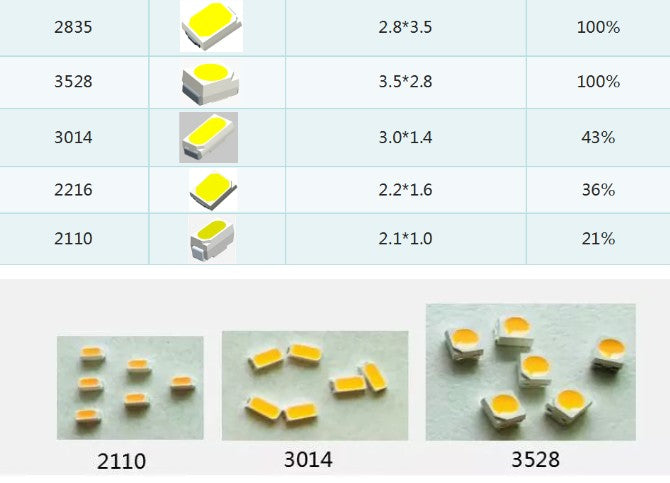
What is an LED?
Share
LED stands for light-emitting diode (LED), a semiconductor device producing light as a result of electric current passing through it. P-type semiconductors carried by holes fuse with electrons from n-type semiconductors producing light. In terms of colors, this is first determined by the energy bands within the electrons and holes. As the energy bands separate, they create the corresponding energy of the photons.
Generating different colors
The variety of colors in LEDs are produced by altering the semiconductor materials or the light-emitting parts of the equipment. Stronger molecular bonds from relatively harder materials create wider bandgaps while Aluminum Nitride semiconductors are typically known as ultra-wide bandgap semiconductors.
Historically, LED had limited color ranges, excluding the widely-utilized commercial blue and white LED lights of the present. This was until gallium nitride (GaN)-based LEDs were produced to complete the palette of colors in today’s market.
As mentioned, the type of semiconductor materials used to create LEDs determine their colors. Among the commonly used materials are Indium gallium nitride (InGaN), which produces blue, green, and ultraviolet high-brightness LEDs, Aluminum gallium indium phosphide (AlGaInP) for yellow, orange, and red high-brightness LEDs, Aluminum gallium arsenide (AlGaAs) producing red and infrared LEDs, and Gallium phosphide (GaP) producing yellow and green LEDs.
LED types
Here are among the different LED types utilized today:
- Miniature LEDs
- High-Power LEDs
- Flash LED
- Bi and Tri-Colour
- Red Green Blue LEDs
- Alphanumeric LED
- Lighting LED
LED utilization
LED has numerous uses, primarily due to its long-lasting capacity and power-efficient, time-sensitive, quick response features that prove to be advantageous and highly useful in the fields of optometry, security, medical operations, robotics, and others. LED has also penetrated the commercial market for its typical uses, such as in backlighting, displays, automotive, and light design.
In addition, LEDs are widely used during the holiday season. LED holiday lights have become the cheaper yet likewise an efficient alternative to 40, 60, 75, and 100-Watt incandescent bulbs. LEDs are utilized as light strings for Christmas Trees and are more energy-efficient, much safer with their cooler temperature, more tolerant from breakage due to its size and material, and more long-lasting, allowing LED to be reused for many holiday seasons to come.
